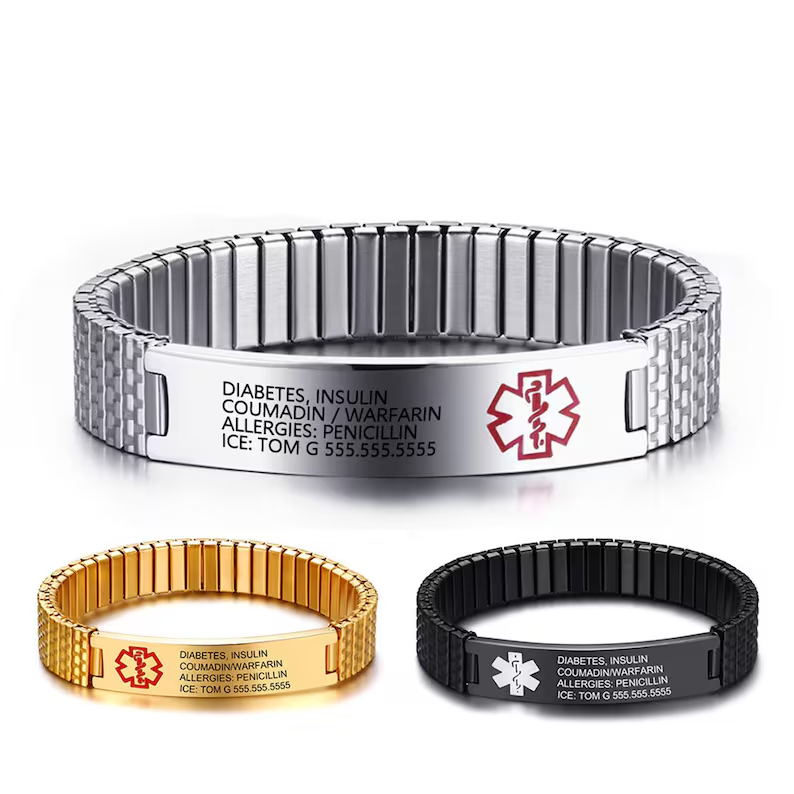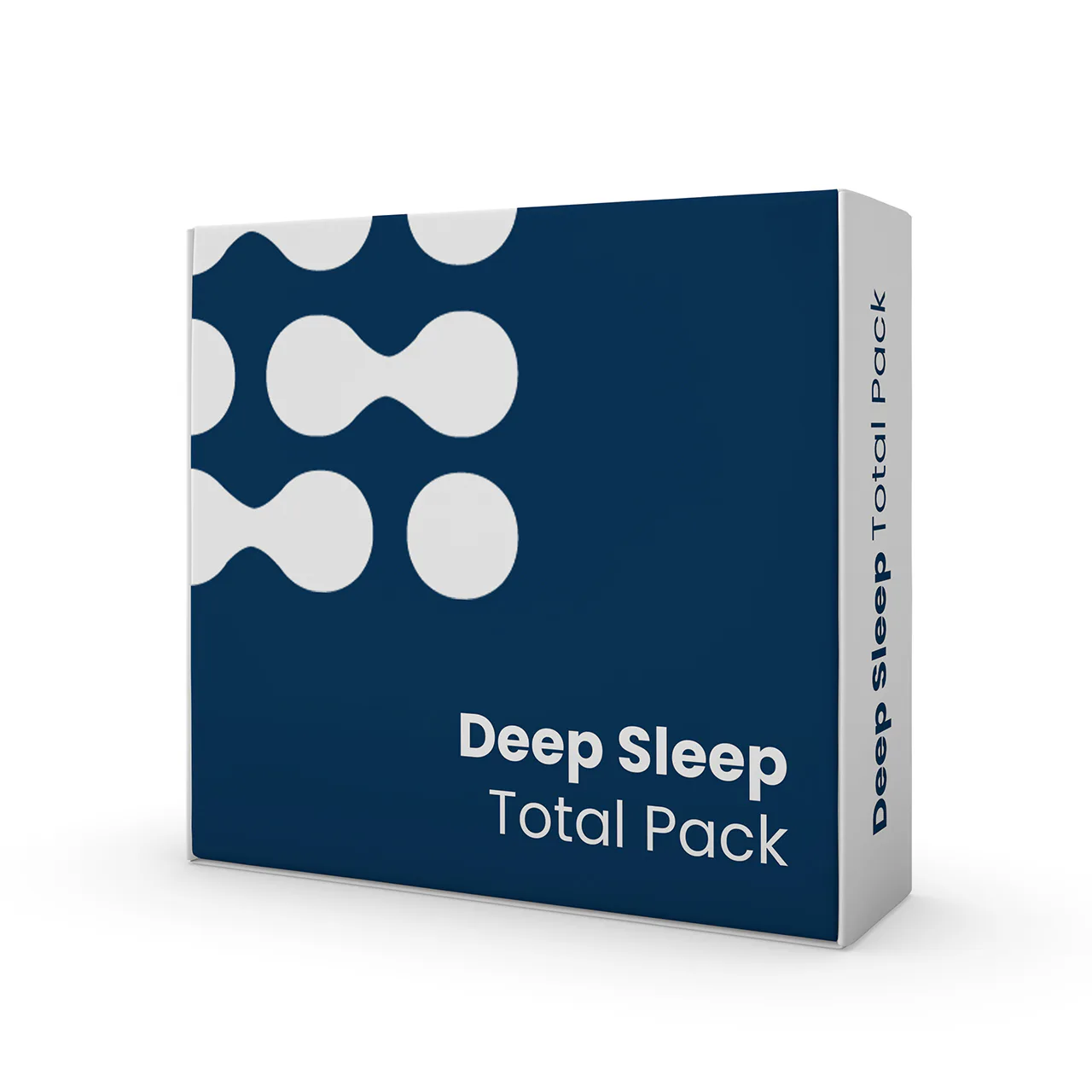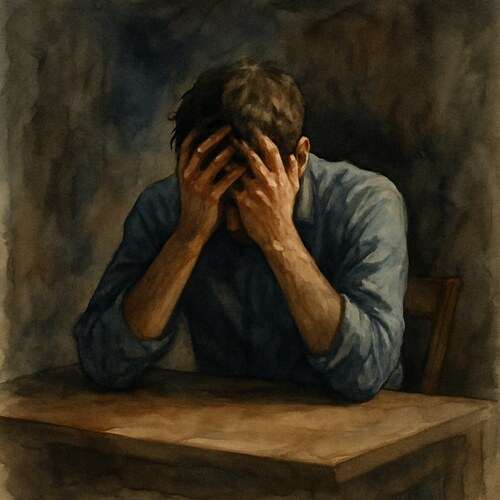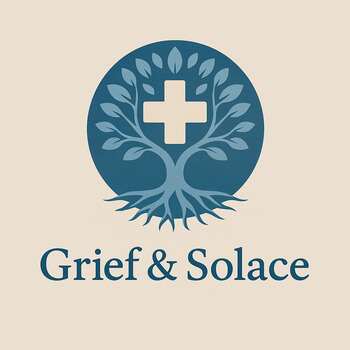Grieving Seizures: Living in Fear of the Next Fall
Grief tied to seizures is a constant tension, watching someone you love fall without warning and mourning the trust once given freely to their own body.
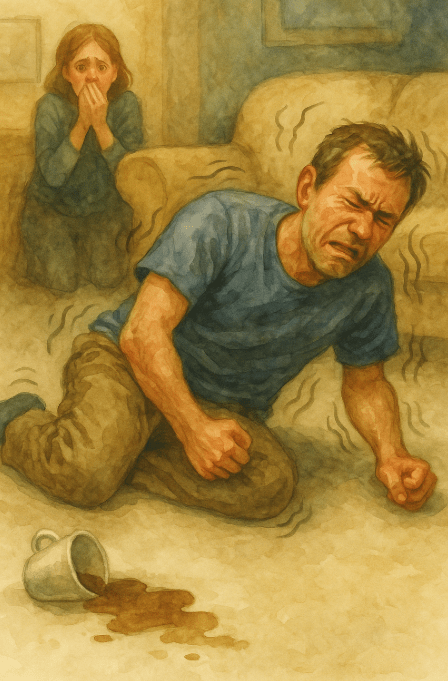
This post blends real grief with grounded knowledge. It isn’t clinical. It isn’t distant. It’s meant to sit beside you—not above you. The story you’ll read is meant to reflect what so many feel when living through or witnessing this condition: confusion, exhaustion, and quiet forms of courage.
If what you read feels familiar, please speak with your doctor. Your pain deserves more than silence.
I Learned to Hold My Breath Every Time He Hit the Ground
The first time I thought he was dying, everything shifted in an instant. One moment, we were laughing together, caught up in the kind of carefree joy that makes time seem to stand still; the next, his body stiffened suddenly, his eyes rolled back, and he collapsed as if gravity itself had declared war on him. The sound of his head hitting the floor reverberated deep within me, a haunting echo that still lives somewhere behind my ribs, whispering of that moment’s horror. I screamed his name, desperate for him to hear me, but he didn’t. His limbs jerked involuntarily, foam gathered at his mouth, and his breath caught as if hesitant…unsure whether it wanted to stay or leave. And then, just as abruptly as it had begun, he went completely still, as if someone had pressed pause on the world.
🧠 Symptoms:
– Sudden confusion or loss of awareness
– Staring spells or unresponsiveness
– Jerking movements of limbs, often rhythmic or uncontrollable
– Temporary changes in emotions, sensations, or perceptions such as déjà vu, fear, or tingling
– Loss of consciousness
– Involuntary urination or tongue biting
Emergency services arrived swiftly, their questions sharp and clinical, but I was lost in a fog of fear. I couldn’t find the words to answer them, questions about his history, how long the episode lasted, whether it was his first. I could only stare and whisper, “I don’t know,” feeling helpless and overwhelmed. It wasn’t long before I learned that this wouldn’t be the last time. Seizures started coming without warning… in classrooms, stairwells, even once in the shower. I found him blue, barely breathing, and in that moment, every nightmare I’d hidden away rushed back at once, unbidden and relentless. The diagnosis of epilepsy, of seizure disorder, didn’t really explain much; it simply named the fear that had already taken root deep inside me.
They gave us a plan…medications, emergency protocols, a rescue inhaler, and a list of what he could no longer do: drive, swim alone, climb higher than his own pride. And he followed it all, diligently, trying to live within the boundaries set for him. Yet, the seizures persisted—some big and dramatic, others subtle and silent. Some lasted only seconds, while others stole minutes, robbing him of parts of himself he’d never get back. To manage the persistent threat, he started carrying a card in his wallet: “I have epilepsy. Please don’t call 911 unless I’m in danger.” It was a small thing, but it carried a weight of its own, a silent plea for understanding.
Complications:
– Injury from falls or convulsions
– Drowning risk during swimming or bathing
– Car accidents
– Pregnancy risks for mother and child; medication effects
– Mental health issues like depression or anxiety
– Sudden Unexpected Death in Epilepsy (SUDEP), rare but serious
Classes:
Seizures are classified into:
– Focal seizures (start in one brain area)
– With impaired awareness: dreamlike state, repetitive movements, confusion afterward
– Without impaired awareness: emotional shifts, altered sensations, twitching
– Generalized seizures (involve entire brain)
– Absence: brief staring spells, common in children
– Tonic: muscle stiffening
– Atonic: sudden muscle loss leading to falls
– Clonic: rhythmic jerking movements
– Myoclonic: brief sudden jerks or twitches
– Tonic-clonic: loss of consciousness, muscle rigidity, convulsions
Phases include:
– Prodrome: warning signs like mood changes or aura
– Ictal: active seizure event
– Postictal: recovery with confusion, fatigue, speech issues, memory loss
Causes:
– Epilepsy (most common chronic cause)
– High fever (febrile seizures)
– Brain infections (meningitis, encephalitis)
– Head trauma or stroke
– Sleep deprivation
– Low blood sodium or blood sugar
– Substance use or withdrawal
– Medication side effects
– Genetic factors
The seizures weren’t the only thing that wore him down; it was the looks, the pity, the invisible distance that people put between themselves and what they didn’t understand. Over time, he grew quieter, more tired—like a candle burning low. Sometimes he’d say he felt like a bomb, waiting to go off at any moment, and I could see the weight of that fear pressing down on him. But I stayed. I learned how to cushion the fall, to time the seizures, to turn him on his side gently, whispering softly, “You’re okay, I’m here,” even when my own voice trembled with emotion. I learned to hold my breath every time he hit the ground, not exhaling until his eyes fluttered open again, until I saw that he was still with me.
It was grief…yes…but not grief of death. It was the grief of losing control, of the illusion that our bodies would always obey us, that we could command them to do what we wanted. Yet, within that loss, we found something else, an unexpected kind of strength. Preparation became our armor; community, our refuge; and love, our anchor. A love that knew how to wait through the storm, how to stand firm when the world seemed to tumble apart, and how to remain when the storm finally passed and the light returned. Those seconds of seizure… fleeting yet devastating, rewrote our sense of time. Through them, he learned how to reclaim every other moment, transforming the fear into resilience, the vulnerability into quiet strength.
Risk Factors:
– Family history of seizures
– Brain trauma or stroke
– Developmental disorders
– Dementia, especially Alzheimer’s disease
– Substance misuse
– Brain tumors or structural anomalies
And in that ongoing battle with uncertainty, we discovered that even in the moments when life seemed to pause or falter, there was still room for hope, for connection, and for the quiet courage that carries us through the storm.
📘 Diagnosis & Treatment
Diagnosis
– Neurological exam
– Blood tests to rule out metabolic or infectious causes
– Lumbar puncture if infection suspected
– EEG detects abnormal brain activity
– MRI or CT scans to identify structural causes
– PET or SPECT scans to locate active seizure zones
– MRI combined with SPECT (SISCOM) for surgical planning
Treatment
Medications
– Antiseizure drugs tailored to seizure type and patient profile
– Common options: levetiracetam, valproic acid, lamotrigine, topiramate
– Side effects include fatigue, dizziness, mood changes, and rare organ toxicity
Dietary Therapy
– Ketogenic diet (high-fat, low-carb), especially in children
– Other variants: Low Glycemic Index diet, modified Atkins
Surgery
– For drug-resistant epilepsy:
– Lobectomy: removal of seizure focus
– Laser ablation (LITT)
– Multiple subpial transections
– Corpus callosotomy (disconnects brain hemispheres)
– Hemispherotomy (disconnects one hemisphere, last resort)
Neuromodulation Devices
– Vagus nerve stimulation (VNS)
– Responsive neurostimulation (RNS)
– Deep brain stimulation (DBS)
Pregnancy Considerations
– Some meds (e.g., valproic acid) increase birth defect risk
– Pre-conception planning is crucial
– Folic acid supplementation recommended
– Monitor drug levels during pregnancy
Living With It
A seizure doesn’t just jolt the brain—it rearranges reality. There’s fear—losing control, being watched, forgetting. Helplessness can set in—waking alone, unsure what happened, feeling shame. Exhaustion from vigilance wears heavy. But survival isn’t just waking up; it’s choosing not to disappear into fear. Preparedness, community, and support reclaim power. You learn to teach others what to do, to carry hope in every cautious step. Because each seizure is a reminder: resilience is a quiet act of courage.
I know this is heavy, and I understand that the road ahead may feel like a tangle of loss and unanswered questions. But please hear this: you are not broken because you are hurting; you are not weak because you are afraid. You are living through something real, and survival itself is a kind of grace. You are allowed to struggle, you are allowed to hope, and you are allowed to not have all the answers today. Whatever comes next, you do not face it empty-handed; you carry every moment of love that shaped you, and that will always be enough to keep going.
🎀 Gifts to help With Seizures
🏥 Everyday Comforts for Everyday Battles
Managing Seizures often means needing a little extra help.
Sometimes it’s about restoring dignity, ease, or simply getting through the day with less pain.
These carefully chosen tools aren’t just items; they’re small bridges back to living.
This section is about finding practical support, never shame.
Medical Alert Bracelet – Clarity When You Can’t Speak for Yourself
Seizures strike without warning. This padded medical alert bracelet doesn’t just list your condition—it cushions your wrist during falls, protects your ID tag from wear, and makes sure responders know exactly what’s happening. Subtle, wearable, and potentially life-saving. Because when your brain crashes, clarity is everything.
🌿 Paths to Healing Beyond the Map
Sometimes traditional medicine isn’t enough.
If you’re exploring gentle, alternative options to help with Seizures,
you might find comfort in plant-based compounds like **CBD or CBG**.
*This section is not medical advice, just a door left open.*
USA Medical Calm + Sleep Total Pack – Nervous System Support Between the Storms
Whether triggered by stress, fatigue, or nothing at all, seizures leave the nervous system fried. This Total Pack offers CBD, calming botanicals, and sleep support to help the body recover and stabilize between episodes. It doesn’t stop the seizure. But it may help quiet the system long enough to heal.
Need a Different Path Forward?
Every journey through grief looks different. Choose the next step that speaks to where you are now:
When You're Ready to Start Healing
Healing doesn’t mean forgetting.
It means finding small ways to carry your grief with strength and grace.
These are the stories, tools, and gentle steps to begin walking forward…at your own pace.
When You're Still in the Thick of It
Sometimes healing feels like a lie.
If you’re not ready to move on…if the pain still roars louder than the world wants to hear…this is the place where you’re allowed to feel it.
No sugarcoating. No pretending. Just truth.
When You're Holding on to Who’s Still Here
Grief reminds us to love louder.
If someone you love is still with you, this is your place to celebrate them, honor them, and create new memories while there’s still time.
Joy and sorrow can live side by side.

